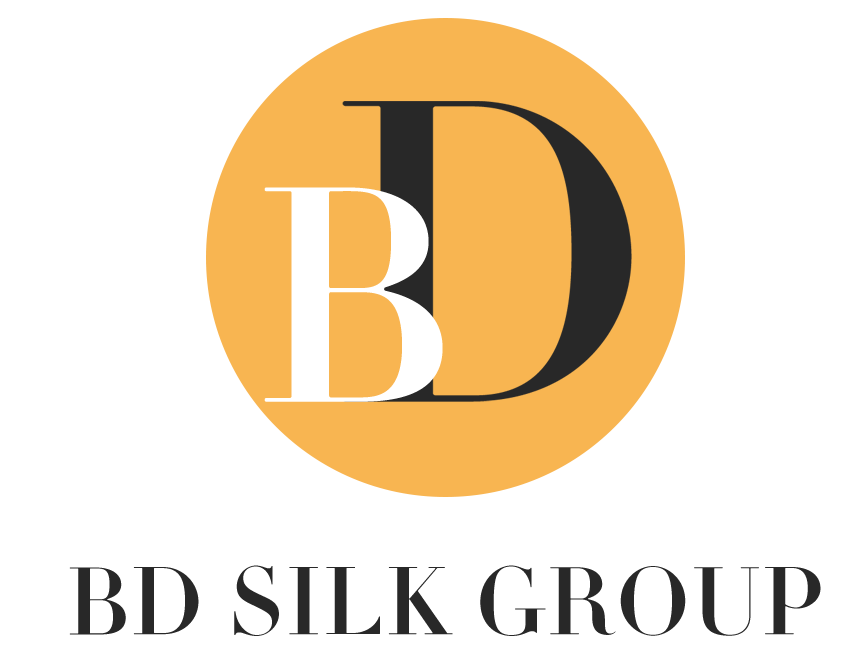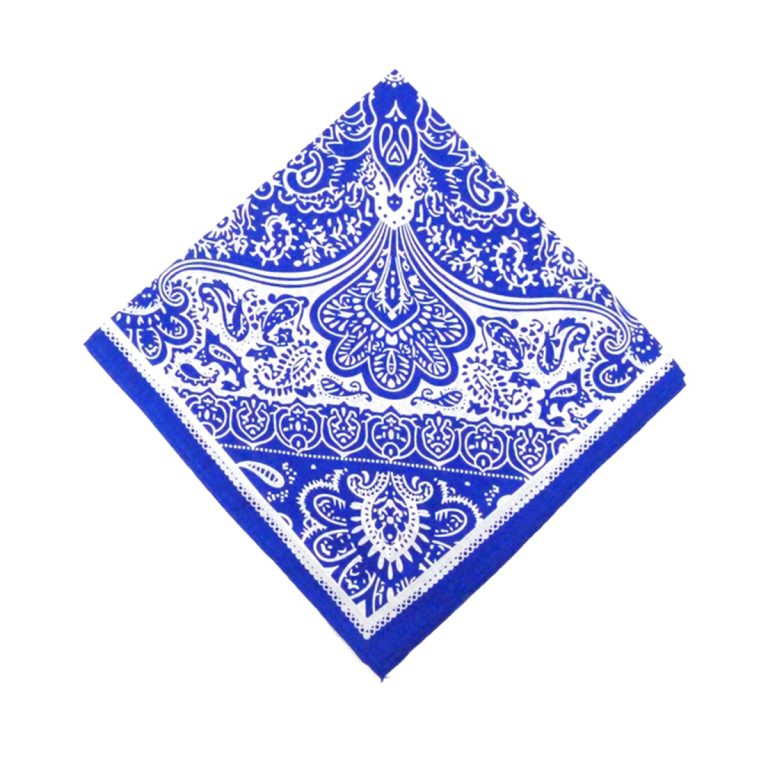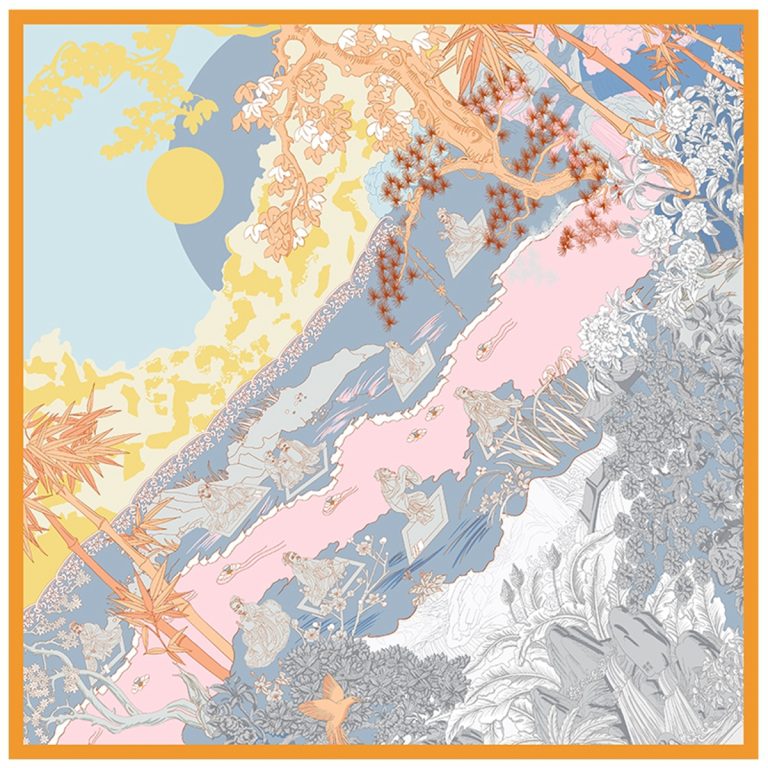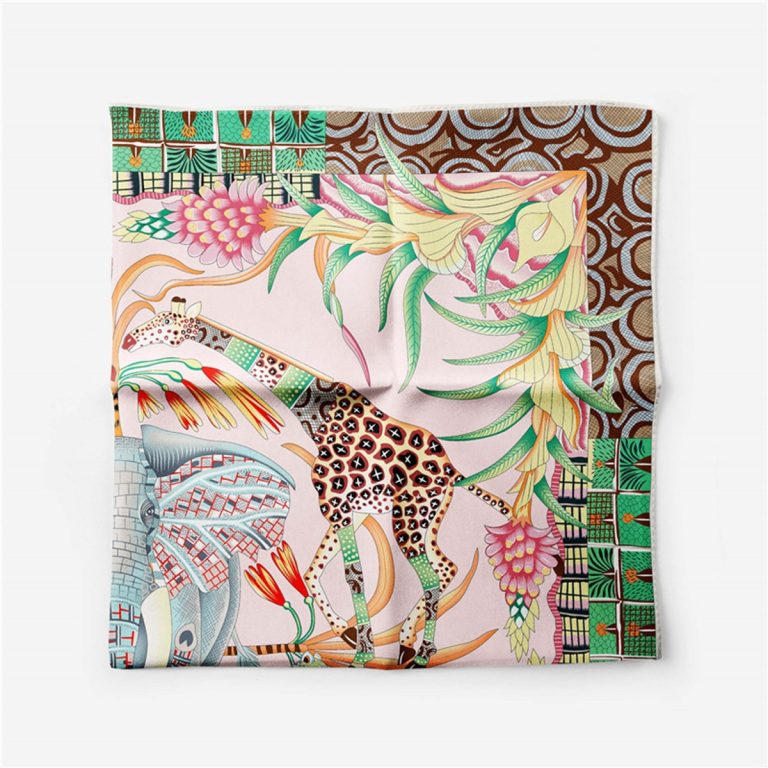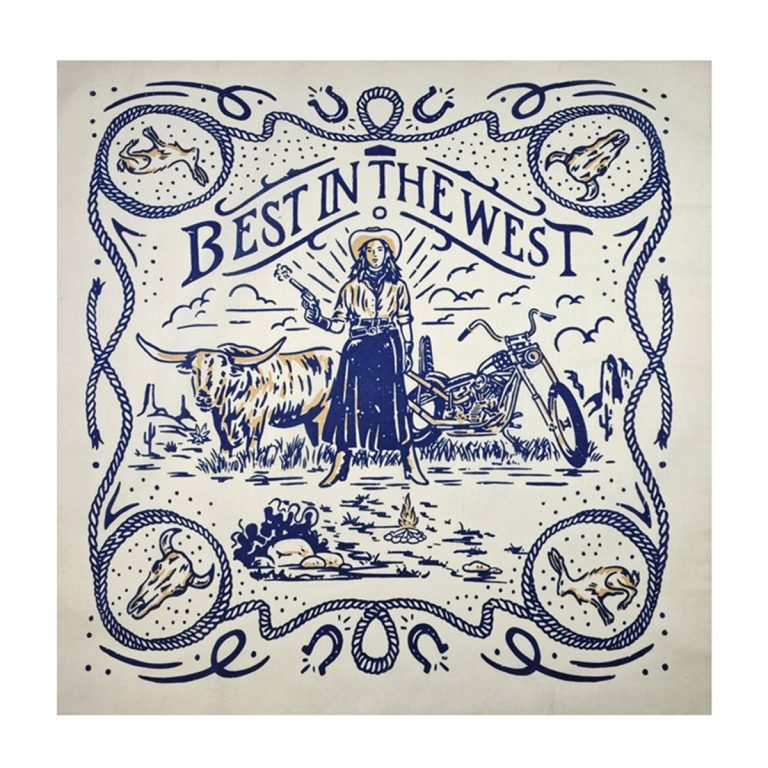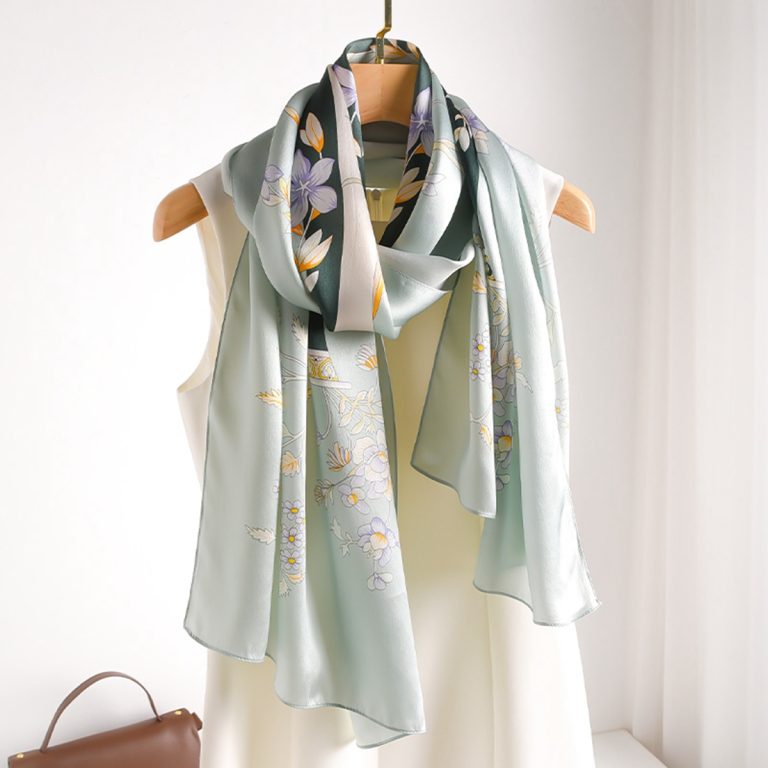The Process of Unveil Scarf Silk Manufacturing
Silk has been a highly prized fabric for centuries, known for its luxurious feel and beautiful sheen. One of the most popular uses for silk is in the production of scarves, ties, and bandanas. The process of manufacturing silk scarves involves several steps, from the cultivation of silkworms to the weaving of the fabric. In this article, we will explore the intricate process of silk manufacturing and how silk ties and bandanas are supplied to the market.
| cotton voile | 90s bandana |
| bandanas online | 3 layer scarf |
| cap hijab | accessoire |
The first step in the process of silk manufacturing is the cultivation of silkworms. Silkworms are the larvae of the silk moth, and they are responsible for producing the silk fibers used to make fabric. The silkworms are carefully raised on a diet of mulberry leaves, which provide the nutrients they need to produce high-quality silk. Once the silkworms have spun their cocoons, they are carefully harvested and the silk fibers are extracted.
The next step in the process is the spinning of the silk fibers into thread. This is typically done using a spinning wheel or a similar device, which twists the fibers together to create a strong, durable thread. The thread is then dyed using a variety of techniques to create the desired color and pattern. Once the thread has been dyed, it is ready to be woven into fabric.
The weaving process is perhaps the most intricate and time-consuming part of silk manufacturing. Skilled artisans use traditional looms to carefully weave the silk thread into a beautiful, luxurious fabric. The weaving process requires precision and attention to detail, as any mistakes can result in flaws in the finished fabric. Once the fabric has been woven, it is carefully inspected for quality and any imperfections are repaired.
Once the silk fabric has been woven, it is ready to be cut and sewn into scarves, ties, and bandanas. Skilled seamstresses carefully cut the fabric into the desired shape and size, and then sew the edges to create a finished product. The finished scarves, ties, and bandanas are then carefully inspected for quality and packaged for distribution.
Silk ties and bandanas are supplied to the market through a variety of channels, including wholesalers, retailers, and online marketplaces. Wholesalers purchase large quantities of silk ties and bandanas directly from manufacturers and then sell them to retailers at a markup. Retailers then sell the products to consumers through brick-and-mortar stores or online platforms. Online marketplaces provide another avenue for consumers to purchase silk ties and bandanas directly from manufacturers or wholesalers.

In conclusion, the process of silk manufacturing is a complex and intricate one, involving the cultivation of silkworms, the spinning of silk fibers into thread, the weaving of fabric, and the production of scarves, ties, and bandanas. Silk ties and bandanas are supplied to the market through wholesalers, retailers, and online marketplaces, providing consumers with access to these luxurious and beautiful accessories. Whether you’re in the market for a silk tie for a special occasion or a silk bandana for everyday wear, the process of silk manufacturing ensures that you’ll receive a high-quality, luxurious product.
